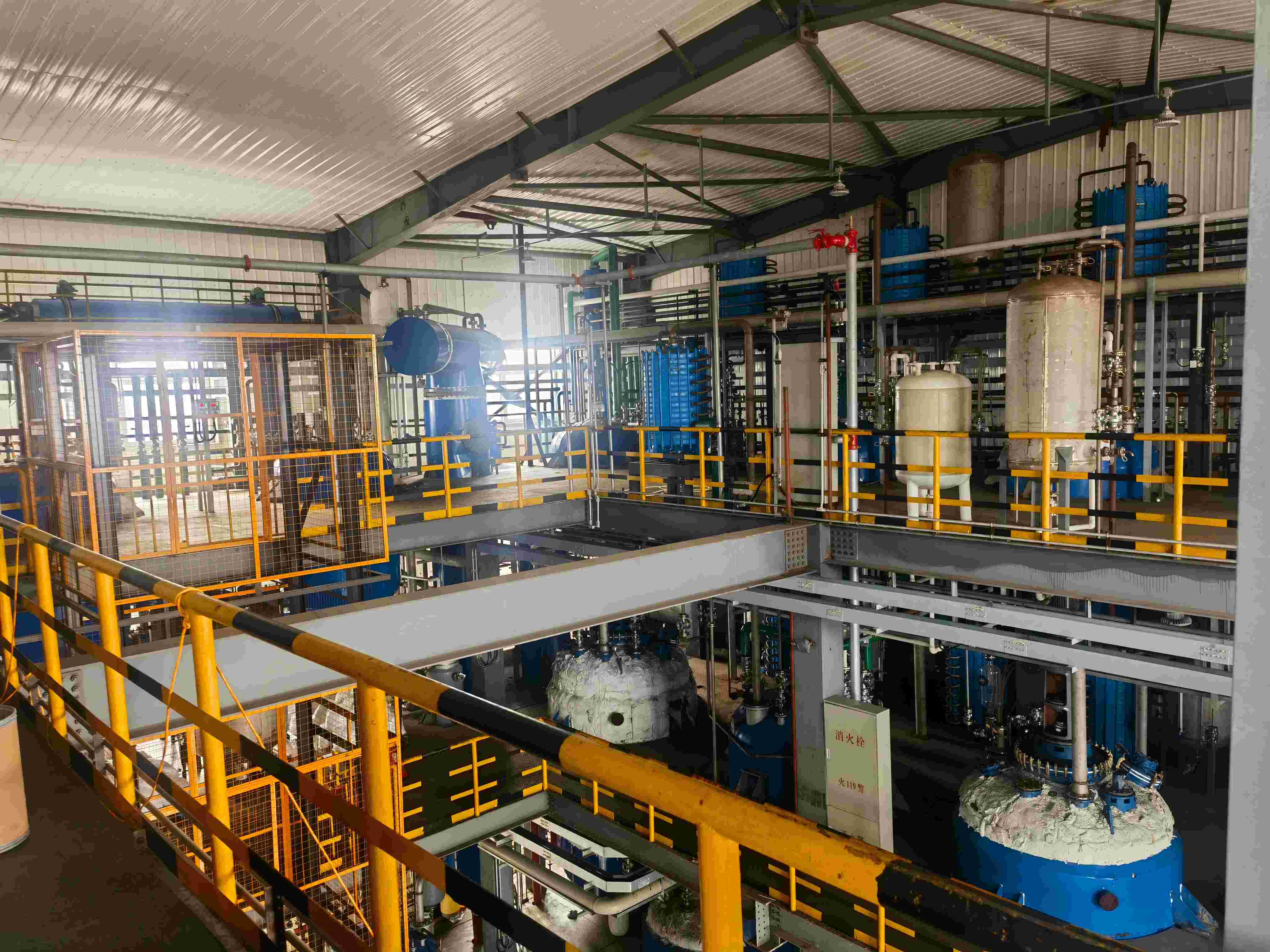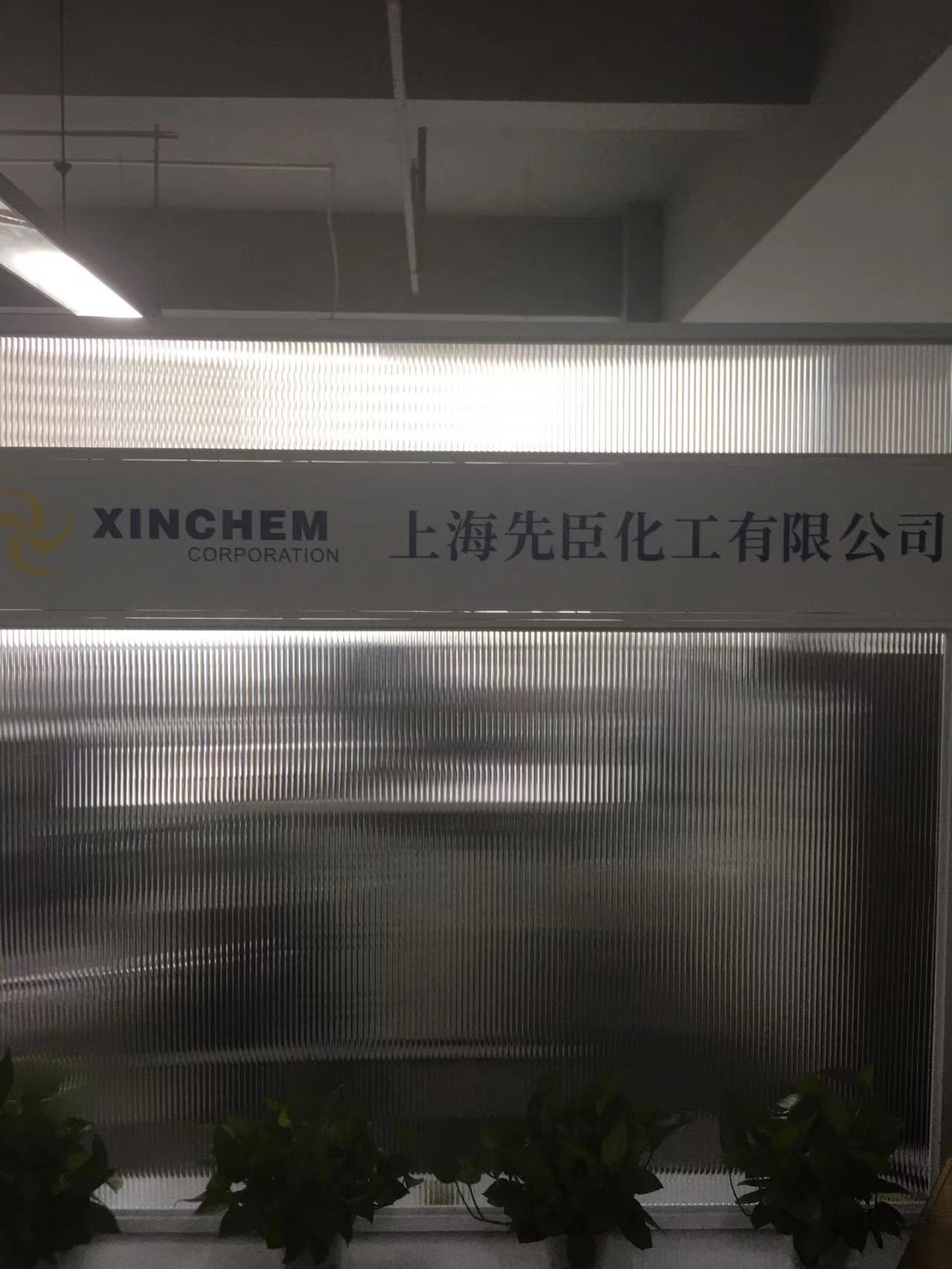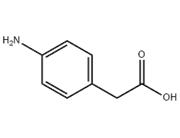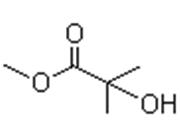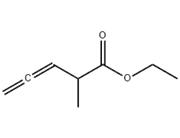Chemical nature: It is synthesized through the epoxidation reaction of rosin (a monocarboxylic acid containing a tricyclic phenanthrene skeleton), belonging to the category of alicyclic epoxy resins. The synthesis process is relatively simplified, directly utilizing the active groups of rosin (such as double bonds) for chemical modification.
Performance advantage:
It exhibits excellent weather resistance, aging resistance, and thermal stability, making it suitable for materials that need to be exposed to external environments for extended periods.
As a bio-based green product, it can replace traditional petroleum-based or toxic materials (such as phthalate plasticizers) and is used for environmentally friendly polymer modification.
Application Directions:
Primarily used for the production of modified polyvinyl chloride (PVC), it serves as an environmentally friendly plasticizer to enhance the mechanical properties and safety of materials, suitable for applications in building materials, food packaging, leather, toys, and other fields.
Potential applications include coatings, adhesives, and electronic materials, but the current material does not specify detailed process parameters or commercial models.
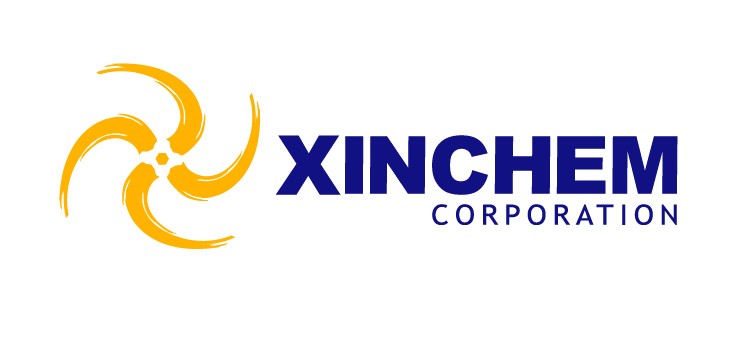
 China
China
